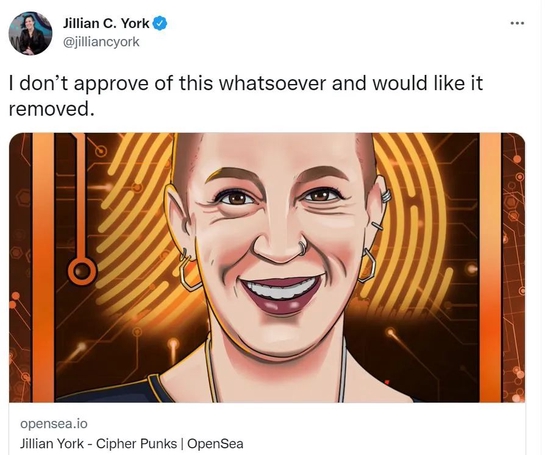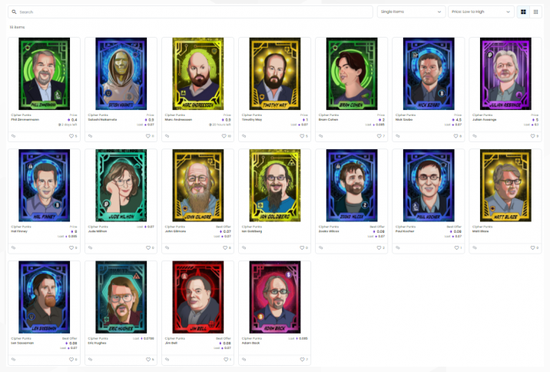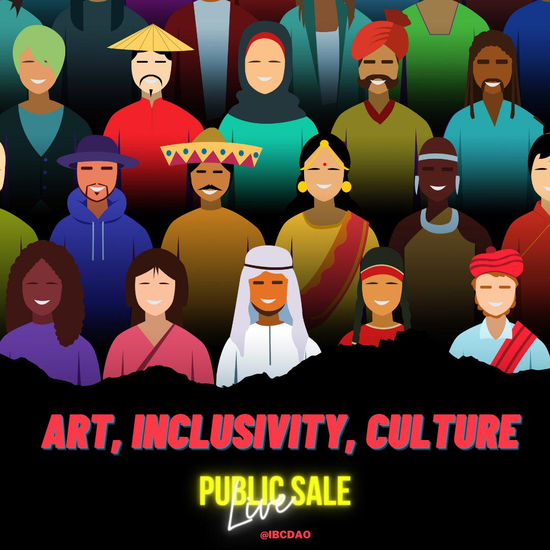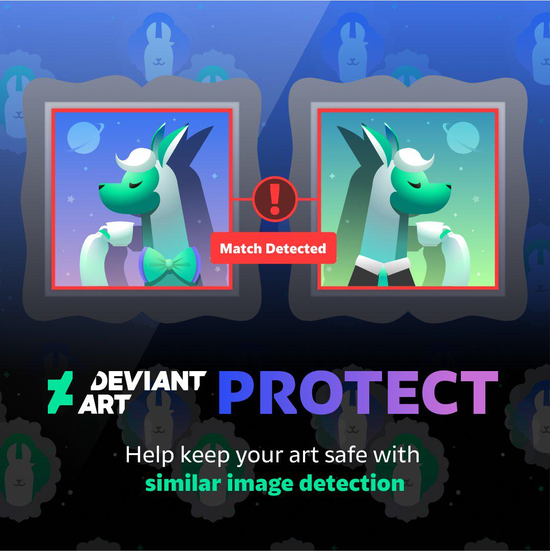
Welcome to the WeChat subscription number of “Sina Technology”: techsina
Text/Edited by Amelie/Juni
Source: Silicon Rabbit Race (ID: sv_race)
Back in the 1980s, that group of young people thought: owning a T-shirt with a classic Che Guevara portrait was a particularly cool thing. This figure, who was given an immortal golden body in popular culture by a photographer named Alberto Korda, once became a symbol of the spirit of freedom and independence that swept the world.
 Source: SS.net
Source: SS.netInitially, the photographer was allowed free use by revolutionary groups in Europe. But it slowly changed. After this avatar became viral all over the world, countless businesses began to print in large quantities to make huge profits, and the price of an ordinary T-shirt with this avatar printed on it immediately doubled. It also made Che Guevara famous as one of the most printed and widely circulated photo avatars before mainstream social media such as YouTube, Twitter, Snapchat, and Facebook.
Young people are still looking for trendy avatars, but not all activists want to be Che Guevara.
In the Web3 era when copying and pasting does not take 3 seconds, there are a lot of people who don’t like to make public appearances.
Recently, an activist in Berlin, Jillian York, was angry that his photo was made into an NFT and placed on the OpenSea trading website without permission. Not only that, but she was also given an unwarranted title of Director called “Electronic Frontier Foundation”, and her name also appeared on a Wikipedia list called cypherpunks, which inexplicably joined one she had never heard of before. group.
 Source: Twitter
Source: TwitterNot only Jillian York, this set of NFT resource packs called “Cipher Punks” released by an organization called “It’s Blockchain” covers 46 portraits of different characters, each portrait token has 10 copies . The flaws are not only unauthorized distribution, but also the misspelling of the names of several characters.
 Source: OpenSea
Source: OpenSeaThe driving force behind this incident, Hitesh Malviya, an Indian Web3 activist, was quickly brought to the forefront.
Friends who are interested in the field of Web3 can add Silicon Rabbit Jun WeChat: usted9 (note Web3), and enter the Silicon Rabbit Race web3 exchange group for more learning and discussion.
01
Who is making waves in Web3?
Speaking of Hitesh Malviya, the Mumbai-based 29-year-old is not only the founder of India’s first cryptocurrency platform itsblockchain.com and a blockchain media publisher, he has more than 1,000 articles named after him NFT signature, setting the benchmark of your own name to a new high.
In the cryptocurrency field and blockchain industry for nearly 6 years, he has always pursued the use of scientific progress to generate new ideas and stories. Now he has become one of the leading figures in the Indian encryption industry. Luck and his love have made him a small success.
 Source: Youtube
Source: Youtube10 years ago, he started mining bitcoins on a game console owned by a friend, and it took him less than a month to mine 4 bitcoins by “newbie’s luck”, and when bitcoin reached $600 that year sold out.
He took the money he made in bitcoin and put it into his own startup. In the early days of his career, he created an online military force called “Hindustan Cyber Force” to study big data computing and hacking technology; at the same time, he stepped into the field of cryptocurrency and founded India’s first Home Cryptocurrency Trading Platform. By 2017, he had begun to benefit from the platform with more than 1 million monthly page views. With the price of bitcoin rising over the past 10 years, the website now has more than 6 million page views per month, far exceeding his own expectations.
He then founded IBC Capital and started investing in various cryptocurrencies; last year, he launched India’s first Investment DAO: IBCDAO, dedicated to generating passive income by investing in Metaverse and NFTs.
 Source: Twitter
Source: TwitterAs the leader of the “It’s Blockchain” organization, Hitesh Malviya received a lot of objections immediately after releasing the “Cipher Punks” NFT resource package. Afterwards, the team tweeted an apology for not asking for portrait rights in advance, removed 28 NFTs and destroyed the other two, but did not implement clear withdrawal process guidance for the sold tokens.
In the face of the market’s condemnation, Malviya published an article on Medium, saying that his team wanted to “educate the young community with cryptography, so that they understand cypherpunks and how meaningful they are to the evolution of blockchain technology. Unfortunately, The thing is, many cypherpunks are against the idea and don’t want to be involved in any way.”
When the infringed party, Jillian York, asked him on Twitter why he did this without permission, Malviya gave the explanation: “Because the market is not regulated, we don’t know that NFT has similar laws”, “We spent three Months of resources and time to produce an educational series and this NFT resource pack. We’ve been taught a lesson and won’t explain too much.”
02
Is there still a “law of kings” in Web3?
Being infringed by someone, and being accused of “not breaking the law”, anyone who thinks about this kind of thing will get angry. Is there no one who can set the rules in the era of Web3?
Sorry, not really.
But many people have already made land near the border, including the world’s richest people right now.
Musk’s acquisition of Twitter’s “Sima Zhao’s Heart” is undoubtedly a shortcut to the power of Web3. As the godfather of “Dogecoin” and the leader of the currency circle, he may have seen that compared with Google, Amazon, and Meta, Twitter is more advanced and more advantageous on the road of Web3ization, and Twitter’s leadership still inherits With the spirit of Jack Dorsey’s “decentralization”, he is more determined on the road of exploring decentralization.
 Source: CNBeta
Source: CNBetaIf Musk owns Twitter, he can independently decide on the decentralization of Twitter, allowing users on Twitter to speak at will, and will not be deleted at will, and each piece of data belongs to the user.
“If we can increase trust in Twitter as a public platform, the risk to civilization is reduced,” Musk said.
When the value of the data produced by each individual belongs to the individual, rather than being appropriated by technology companies and used as the exclusive use of big data privacy data, the decentralized Twitter is undoubtedly “more popular”.
 Source: Twitter
Source: TwitterTwitter founder Jack Dorsey is a more determined decentralized entrepreneur than Musk. Since he started the “BlueSky” project, he has spared no effort in trying to create an open source, decentralized community platform, and gradually tried to implement decentralization on a highly centralized community platform.
He has launched Twitter Space, allowing a large number of Web3 practitioners to communicate online in this space; he is also the first to launch NFT products released by Internet giants, so that Twitter’s user avatars can be displayed as NFTs and be authenticated; he also supports All crypto people have a Twitter account, and every crypto project will have a Twitter account and post a link there.
After he left Twitter last year, as the helm of the US version of Alipay “Square”, he directly changed his name to “Block” last year, fully Web3.
As for Jack, what he wants is nothing more than that the unfinished business here should be continued in another place.
 Source: Twitter
Source: Twitter03
Risks and Opportunities in the Wilderness of Web3
Not only is the infringement and plagiarism, the theft and cheating in Web3 also happen anytime, anywhere.
On April Fool’s Day at the beginning of April, Jay Chou, the king of heaven, “cried” on INS that his “boring ape” BAYC#3738 NFT worth more than 3 million yuan was stolen:
 Source: Instagram
Source: Instagram“The monkey was stolen by a phishing website. I thought it was April Fool’s Day joking with me… I went to check it, and it was really gone…”.
In order to protect the infringement of digital artworks, many companies are trying to do this. For example, the DeviantArt online art community, which currently has more than 500 million works of art, has been dealing with similar thefts. They even recently created a bot that searches the blockchain for user art, comparing artwork on popular NFT sites like OpenSea with pictures of registered users. Through machine learning, the bot can find artworks that are similar to those already posted on the DAO server.
 Source: Twitter
Source: TwitterAfter being widely used by the Web3 community, NFT is now moving towards the mainstream market, attracting many celebrities and public figures to join the collectors army, which also makes NFT one of the most high-profile applications in blockchain technology.
At the moment when the popularity and attention of NFTs are not diminishing, there are inevitably some people who want to make illegal profits by taking advantage of the vague area of legal constraints. This not only causes the rights and interests of participants and related parties to be violated, but also affects the overall development of NFTs and Web3. There have been many negative effects.
However, several policies have been introduced in China recently, from which it can be seen that the official attitude towards NFT tends to be strictly controlled:
The relevant departments of the State Administration of Cultural Heritage held a symposium on the situation of digital collections in Beijing, and proposed that cultural and cultural institutions should not directly sell the original data of cultural relics as limited-edition commodities;
China Internet Finance Association, China Banking Association, and China Securities Association (hereinafter referred to as the “three associations”) jointly launched an initiative to prevent NFT-related financial risks: resolutely curb the tendency of NFT financialization and securitization, and strictly prevent the risks of illegal financial activities.
Correspondingly, in the past two months, the WeChat mini-programs and official accounts of many domestic digital collections have been withdrawn from the circle, and the digital collections of cultural relics on some platforms have been urgently removed from the shelves…
Although the development of NFTs in Europe and the United States is in full swing, “hype, money laundering, and illegal financial activities” are also inevitable practical problems in the operation of overseas NFT platforms. Once the cultural value of NFT art itself is submerged under financialization, it is easy to become some people. A speculative tool.
With the promotion and popularity of NFT applications in the era of the whole network, the casting, issuance, sales and circulation of NFTs in the future will inevitably involve supervision. The legal nature, transaction methods, supervision subjects and supervision methods of NFTs will gradually become clear over time.
Just at the beginning, the inevitable pains need to be faced and digested by the pioneers.
Only by sorting out the boundaries can Web3 achieve a more benign and healthy development; in the new era, young people can see the true meaning of “avatar” to everyone, and can understand the meaning of NFT from a higher perspective and a larger pattern. .
 Source: ABC
Source: ABC 
This article is reproduced from: http://finance.sina.com.cn/tech/csj/2022-04-27/doc-imcwiwst4303324.shtml
This site is for inclusion only, and the copyright belongs to the original author.